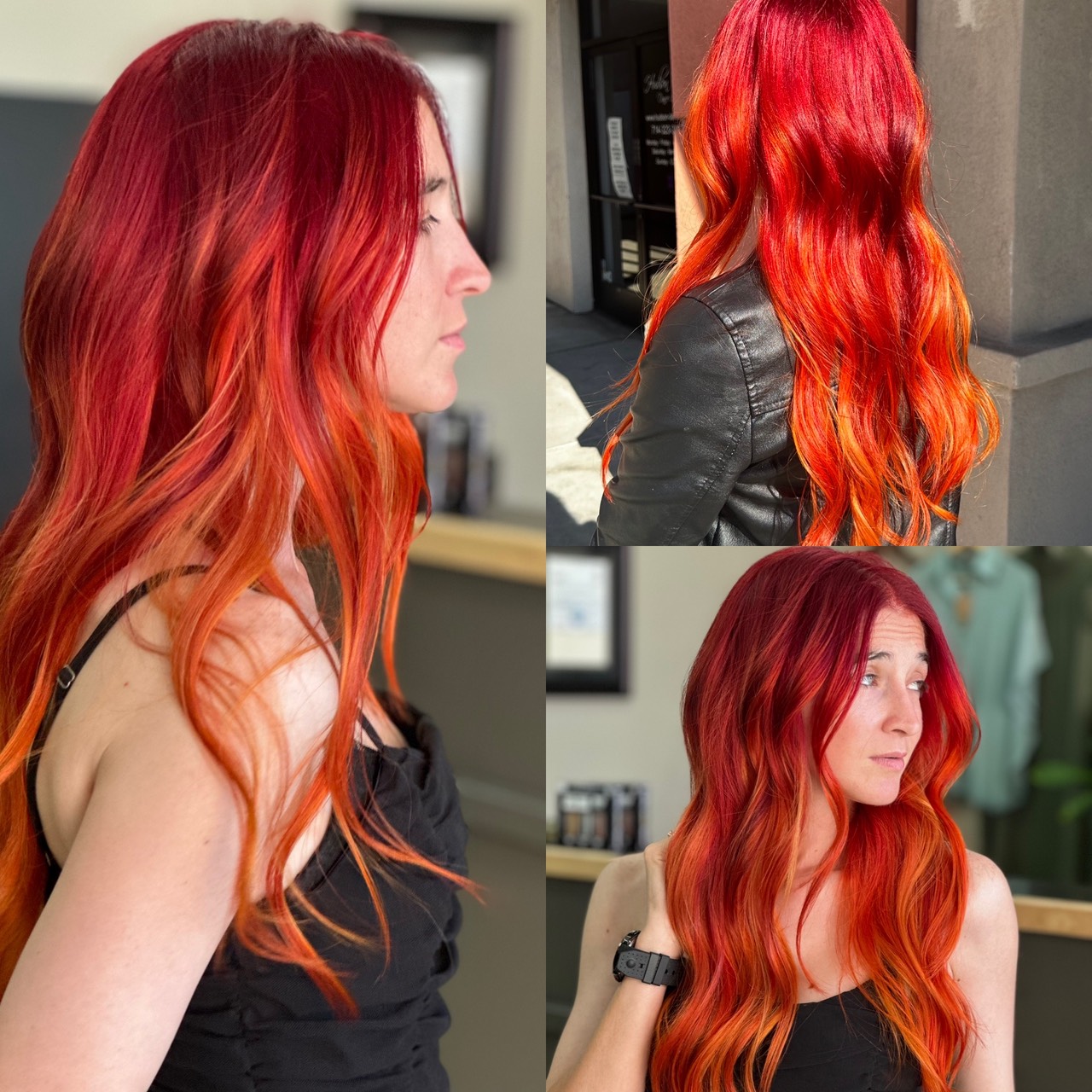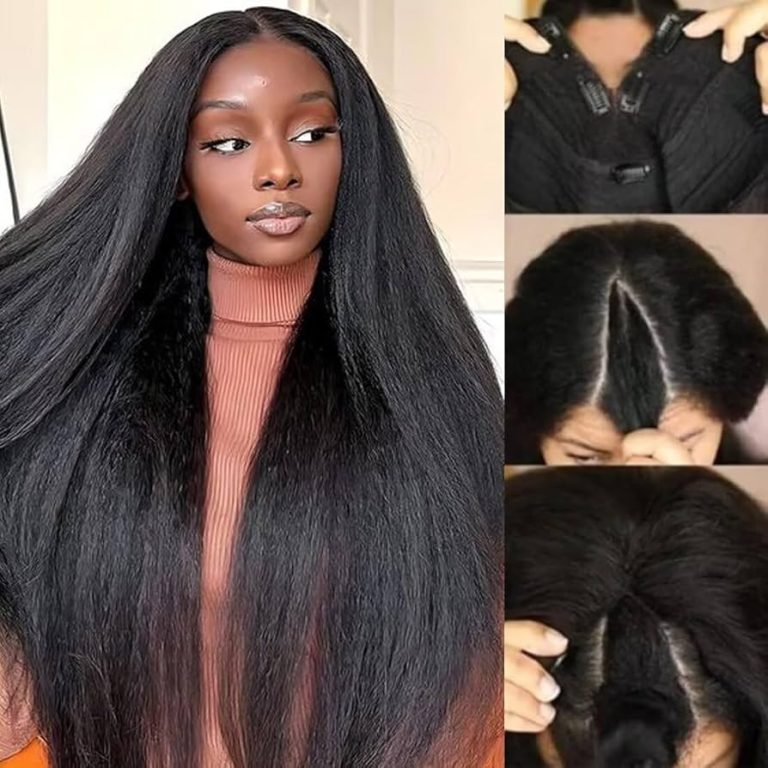
What Is Henna? Exploring Its Nature and Uses
Introduction to Henna: Origin and Basic Definition
Henna originates from a small shrub or tree known as ‘Lawsonia inermis’. This plant is native to tropical and subtropical regions of Africa, Southern Asia, and Australasia. Historically, people have used the crushed leaves of this plant to create henna paste. They apply this paste to the skin, nails, and hair for coloring purposes. The natural dye in henna leaves, known as Lawsone, binds with the proteins in the skin and hair, creating a stain. This stain is famous for its distinctive reddish-brown color, which becomes deeper over time. Henna serves both as a decorative and functional substance in various cultural rituals across different communities.
Understanding Henna Plant and Its Dermatological Effects
Henna, scientifically known as ‘Lawsonia inermis’, is an incredible plant with significant dermatological effects. The plant’s leaves contain a potent dye, Lawsone, which reacts with the proteins in our skin. This reaction produces a transient and beautiful stain that varies in color. This color range is primarily due to how long the paste stays on the skin before removal.
The plant is relatively small and thrives in tropical and subtropical climates. Its dermatological use appears safe for most people. When applied as a body art, the dye molecule from the henna penetrates the outer skin layers. Over time, these outer layers shed naturally. This shedding process causes the stain to fade gradually, typically disappearing after a few weeks.
In terms of skin health, henna has certain proteins that bind smoothly with human skin. This is why the dye can penetrate several layers deep. This feature highlights why henna paintings are more durable compared to other temporary stains, like those from blueberries or beets. It’s the molecular size and structure of henna that supports this easy absorption and lasting stain effect.

Henna as a Temporary Body Art: Process and Longevity
Henna art is a beautiful and temporary way to tattoo your skin. The paste used in henna body art is made from ground hennas leaves. The leaves are dried and powdered before they turn into paste by adding water. This paste is then applied to the skin using various artistic techniques.
The process of applying henna is meticulous and requires patience. Artists draw intricate patterns on the skin using the wet paste. Once applied, the paste dries and needs to remain on the skin for several hours. This duration allows the dye to thoroughly seep into the outer layers of skin, ensuring a bright and lasting stain.
Once the paste is washed off, the initial stain appears bright orange. This color gradually darkens over the next 48 hours. It deepens into a reddish-brown, giving the appearance of a permanent tattoo. However, unlike permanent ink tattoos, henna tattoos naturally fade over time. As the skin regenerates and sheds its outer layer, the henna stain fades and eventually disappears.
Typically, a henna tattoo can last from one to three weeks. The longevity of a henna stain depends on several factors. These include the quality of the paste, the body part where it’s applied, and how well it’s cared for post-application. For example, henna applied on hands and feet, where the skin is thickest, tends to last the longest.
This temporary nature and the detailed beauty of henna designs make it a popular choice for special occasions like weddings and festivals. Henna allows for an expressive and artistic body adornment without the permanence of conventional tattoos.

Henna Safety: Allergy Considerations and Counterfeit Products
When thinking about hennas safety, two main points are key: allergy risks and avoiding counterfeit products. First, while natural hennas is generally safe, some people can have allergic reactions. Allergies to henna are rare but present. Mainly, reactions might stem from other ingredients in the paste, like essential oils, not the hennas itself. Always ask the artist about the ingredients if you have known allergies.
Sadly, the market also has fake hennas products. These can be harmful. They contain chemicals not meant for skin and can cause severe reactions. Some effects of using adulterated henna include blistering, scars, or worse. It’s crucial to know how to spot and avoid these products. Pure henna does not stay good on the shelf; it should be frozen till use. Be wary of any product that is not stored properly or seems mass-produced.
True henna has been used safely for thousands of years. For peace of mind, seek out certified artists who use natural ingredients. They can usually provide an ingredient list. The goal is to enjoy henna’s beauty without risks, so taking these precautions is essential for a safe and positive experience.
Guidelines for Henna Use in Children
When considering hennas for children, safety is the top priority. Due to their sensitive skin, and possible undiagnosed allergies or conditions such as G6PD deficiency, parents and guardians must exercise caution. Here are some guidelines to ensure a safe henna experience for kids:
- Age Considerations: Generally, henna is not recommended for children under six. Their skin can be especially sensitive to ingredients in henna paste.
- Ingredient Awareness: Always inquire about the paste’s components. Make sure the artist uses only natural products and is willing to provide a full ingredient list.
- Test Patch: It’s advisable to perform a small patch test before a full application. This test can help detect any possible allergic reactions.
- Certified Artists: Seek artists certified by reputable organizations like the ICNHA. Certified artists are more likely to use safe and natural ingredients.
- Supervision: Keep an eye on children during the henna application. Ensure they do not touch or ingest the paste.
- Aftercare: Teach children not to pick at the henna as it dries. Picking can not only spoil the design but also irritate the skin.
- Watch for Reactions: Pay close attention to the child’s skin after removing the henna paste. Look out for signs of irritation or allergic reactions and seek medical attention if necessary.
By following these steps, you can help create a safe and enjoyable henna experience for children. Remember, natural henna is generally safe for kids if they are not allergic to the ingredients. Avoid any products that seem mass-produced or contain unfamiliar chemicals, as they pose a higher risk of causing adverse reactions.

Therapeutic and Medicinal Benefits of Henna
Henna is more than just a tool for body art; it’s a plant with a rich history of therapeutic use. Not only does it produce a beautiful, ornate design on the skin, but it also has medicinal qualities that have helped people for centuries. Here are some of the key therapeutic and medicinal benefits that henna is known for:
- Cooling Effect: Henna naturally cools the skin. This makes it helpful for those with skin conditions that cause irritation or inflammation.
- Anti-inflammatory Properties: Henna has been known to reduce inflammation, making it a good remedy for certain skin issues.
- Hair Conditioning: When applied to hair, henna can strengthen and condition the strands, leading to healthier, more resilient hair.
- Pain Relief for Hand Foot Syndrome (HFS/PPE): Some cancer treatments cause a painful side effect called Hand Foot Syndrome. Henna may relieve pain from this condition.
- Skin Conditioning: Regular use of henna can improve skin texture, making it smoother and more supple.
- Use in Chemotherapy Support: Henna crowns have become a powerful way to support chemotherapy patients who experience hair loss. This use of henna is reported to be empowering and comforting for them.
Always remember, while hennas has these benefits, it’s essential to use pure, natural henna. It is safe for most, but always do a patch test to rule out any allergies. For cosmetic and therapeutic uses alike, ensure the product is free from harmful additives that may negate these positive effects.
The Artistic and Cultural Significance of Henna
Hennas is not just a body art material; it’s a cultural icon. Historically, henna has strong ties to various traditions and ceremonies around the world, particularly in regions like the Middle East, India, Africa, and South Asia. Here, its use goes beyond mere decoration.
Social and Ritualistic Uses
In many cultures, hennas is integral to wedding ceremonies. Brides adorn their hands and feet with elaborate hennas designs to signify luck and happiness. The richness of the stain is often seen as a good omen for the marriage.
Hennas in Religious Ceremonies
Hennas also plays a role in religious contexts. For instance, it’s used during Eid among Muslims and Diwali for Hindus. The application of hennas during these festivals embodies joy, beauty, and the offering of blessings.
Hennas as a Form of Expression
Beyond rituals, hennas is a form of self-expression. Artists and individuals use the medium to tell stories, showcase artistic skill, and declare personal or communal identities. Each pattern imbued with unique symbolic meanings, hennas art connects people across generations and geographies.
Henna’s Role in Cultural Identity
Hennas helps maintain cultural identity for many diaspora communities. It serves as a reminder and celebration of hereditary traditions and customs, distinguishing cultural lines in diverse and multicultural societies.

Identifying Pure Hennas: Tips for Safe Application
Identifying authentic hennas is crucial for safety and effectiveness. Here are some tips to help ensure you are using pure henna:
- Check the Color: Pure hennas powder is green and smells like dried herbs. Be cautious of any product that is black or unnaturally vibrant, as these may contain harmful additives.
- Read Labels Carefully: Always examine the ingredients list. Natural hennas should not contain chemicals or dyes like PPD (paraphenylenediamine), which can be dangerous.
- Source Responsibly: Purchase hennas from reputable suppliers. Seek those who offer transparency about their sourcing and ingredients.
- Ask for Freshness: Fresh hennas paste is the safest. Inquire about how it was preserved. Avoid pre-made cones that may have been stored for long periods.
- Avoid ‘Black Hennas’: True hennas does not stain the skin black. Products labeled as ‘black hennas’ may contain hazardous substances that can cause skin reactions or other health issues.
- Do a Patch Test: Before applying hennas, especially if it’s your first time, do a patch test on a small skin area to check for any allergic reactions.
- Consult Professionals: If possible, use services from certified hennas artists who adhere to safety standards and can provide detailed information about their hennas paste.
By following these guidelines, you can enjoy the beautiful art of hennas safely and avoid the risks associated with counterfeit products.

